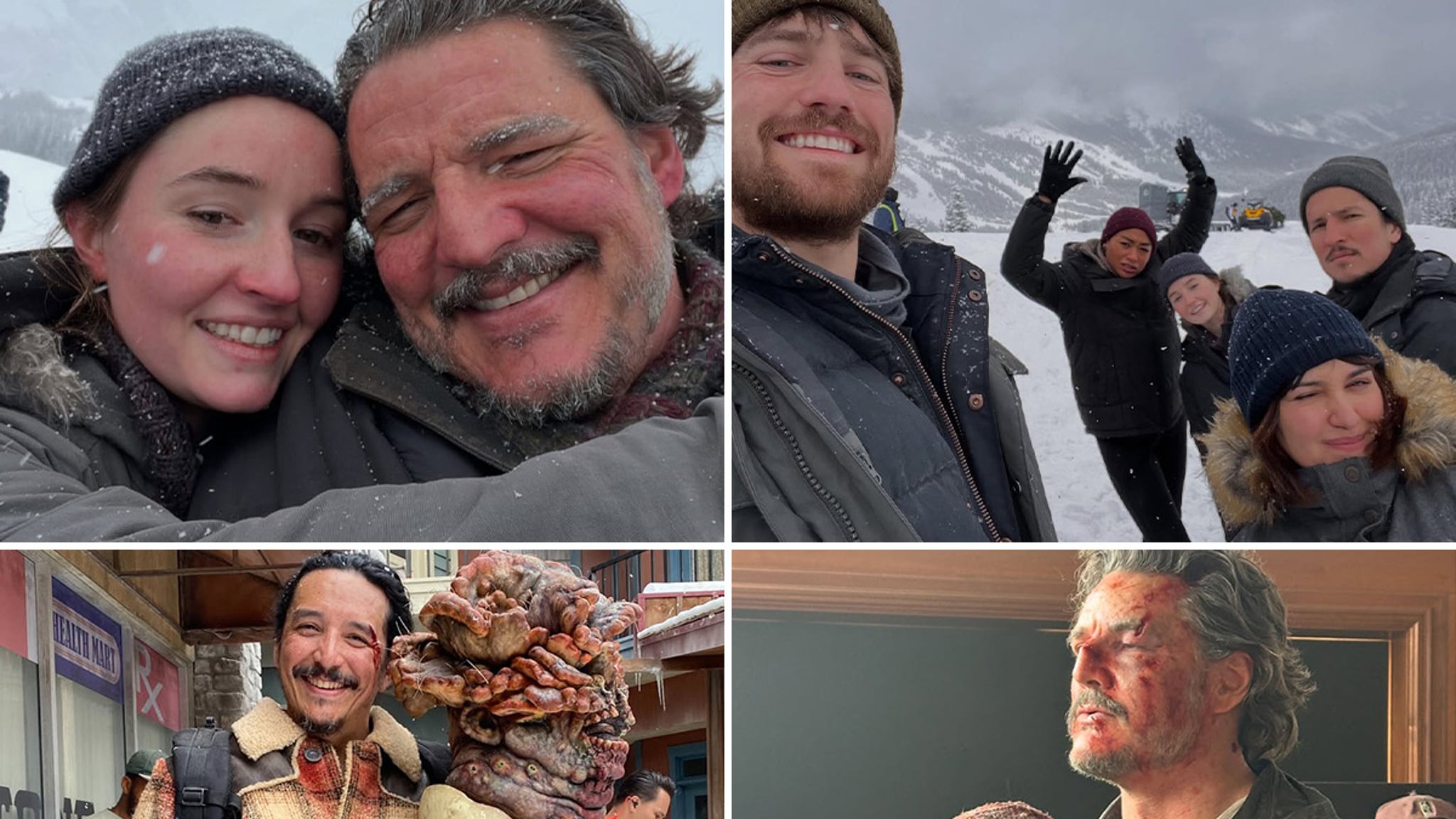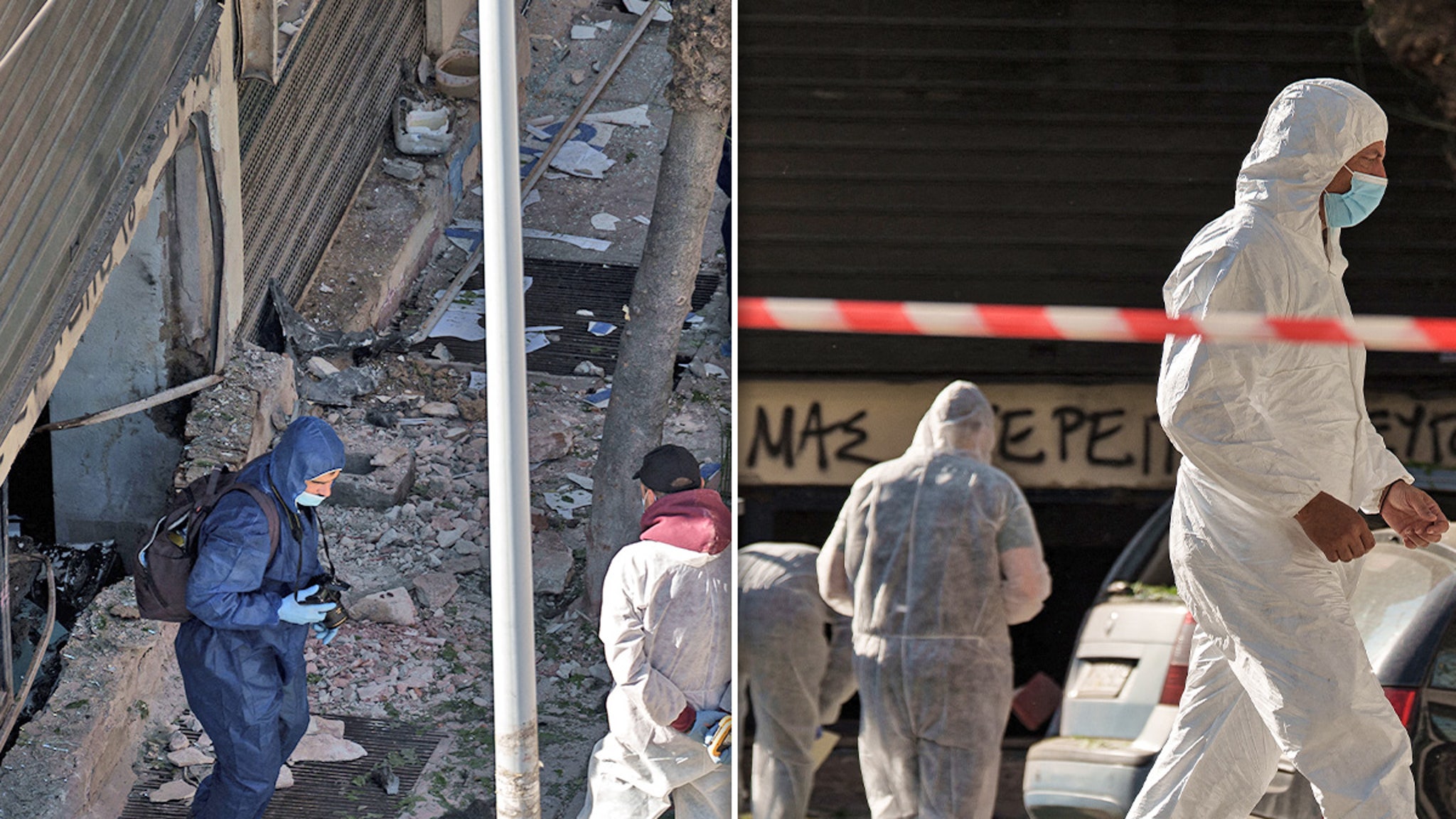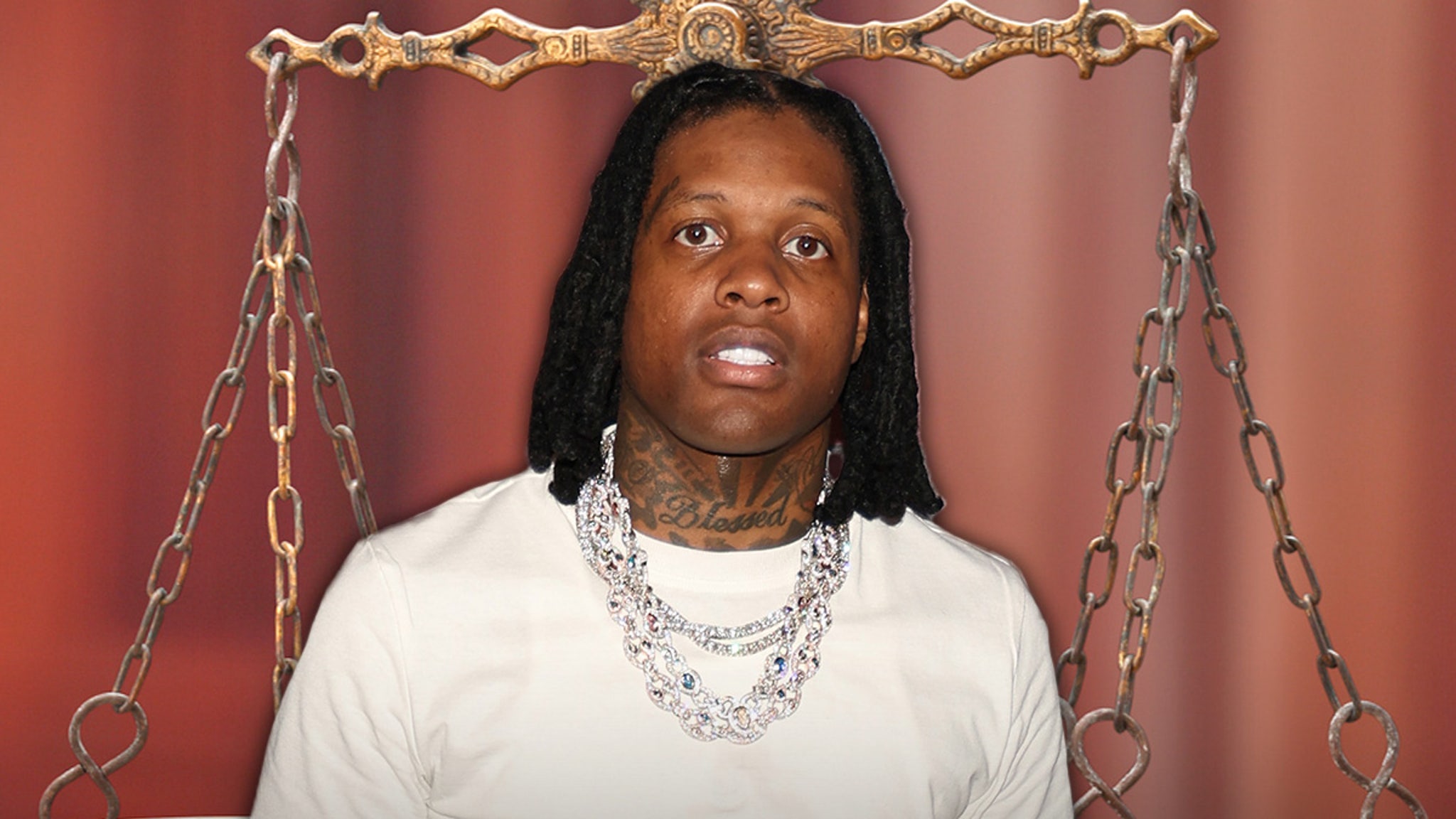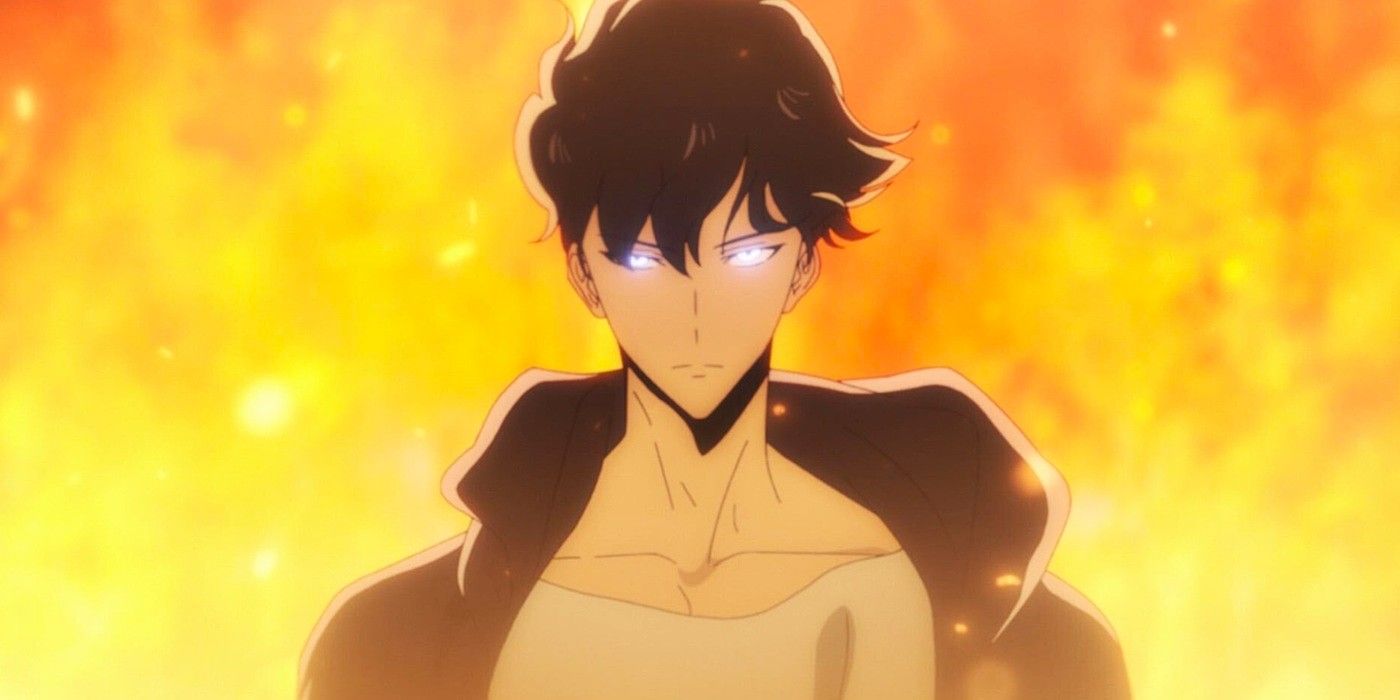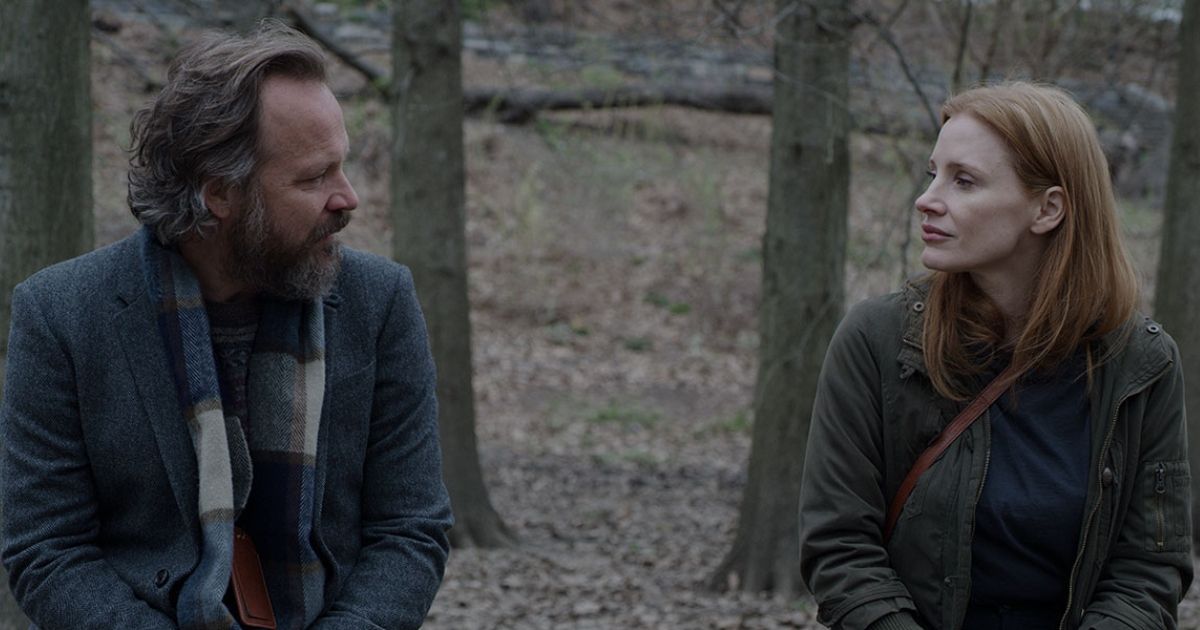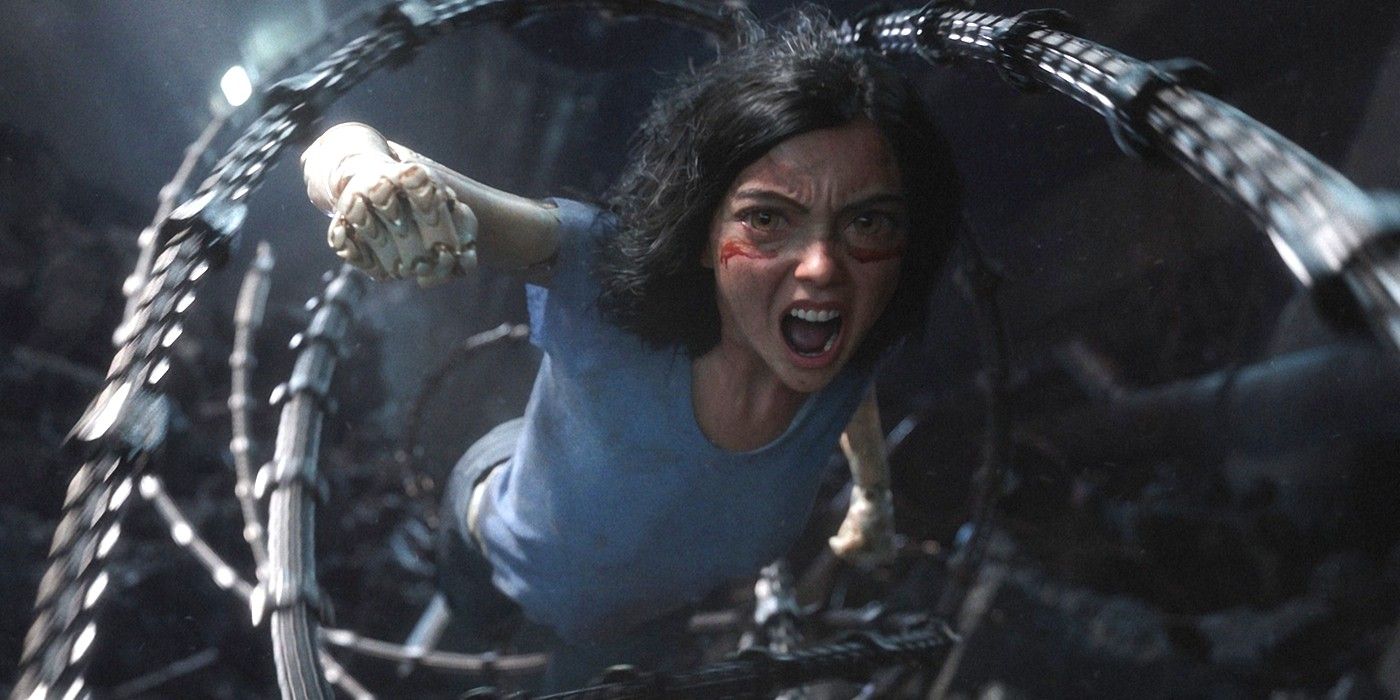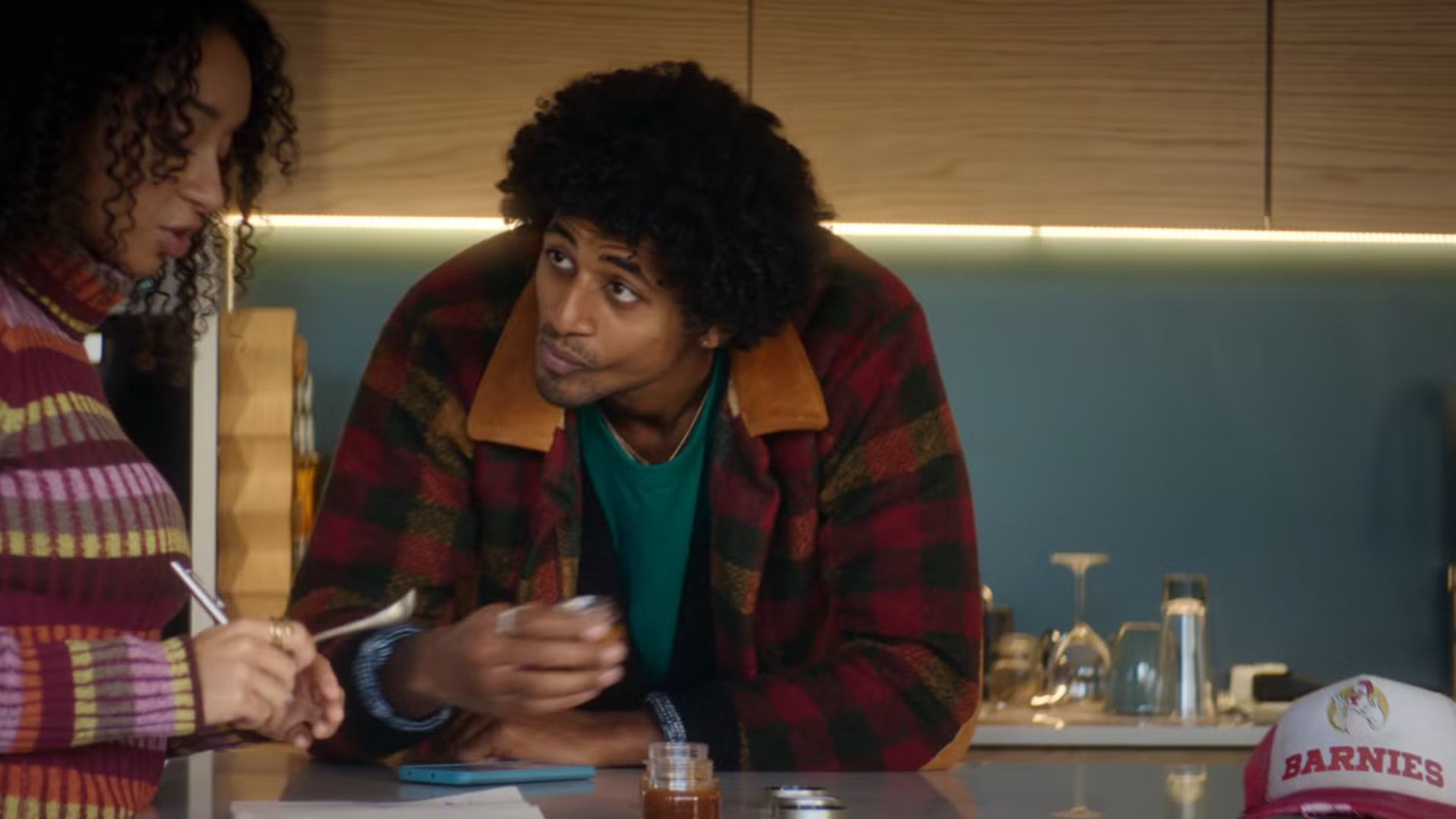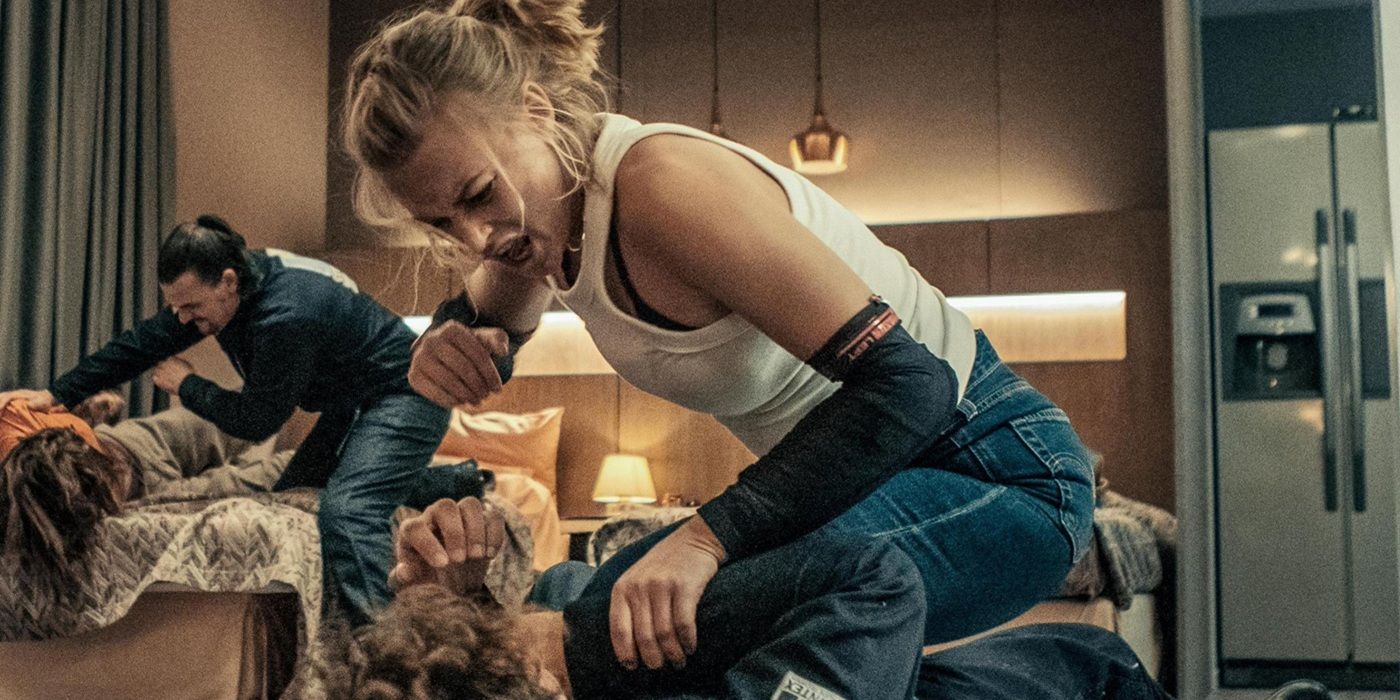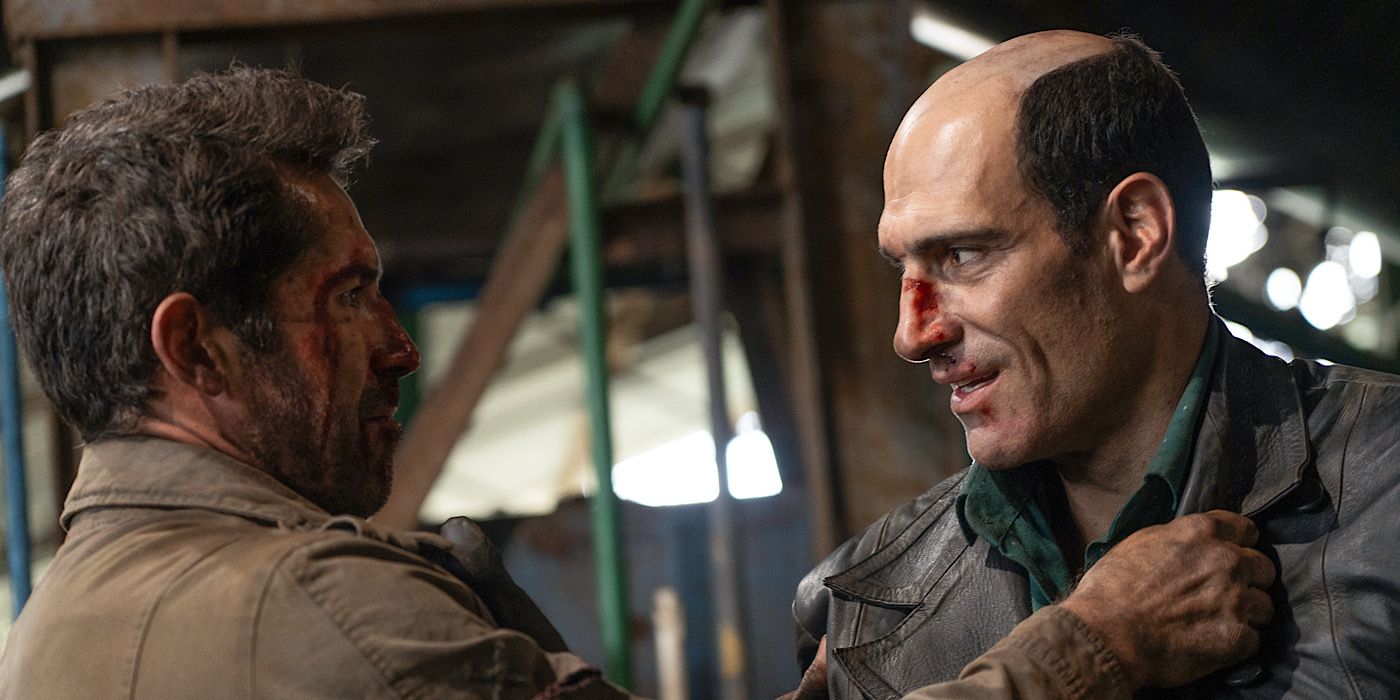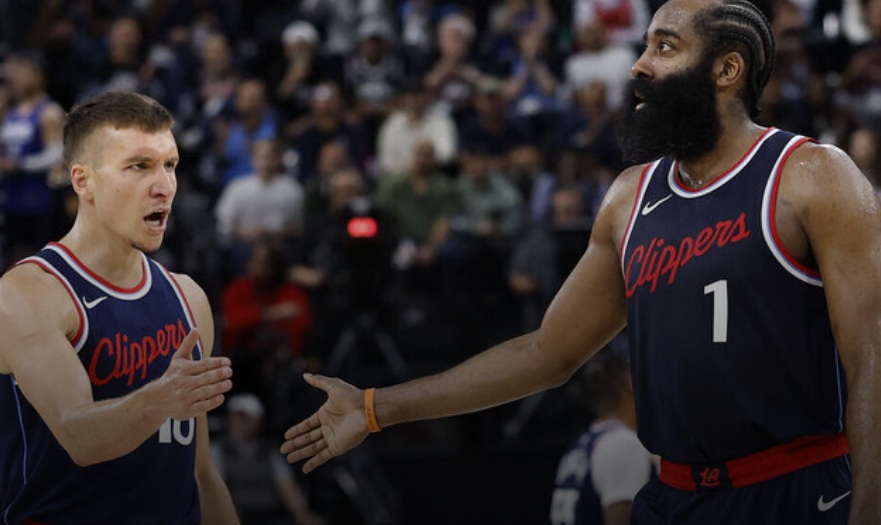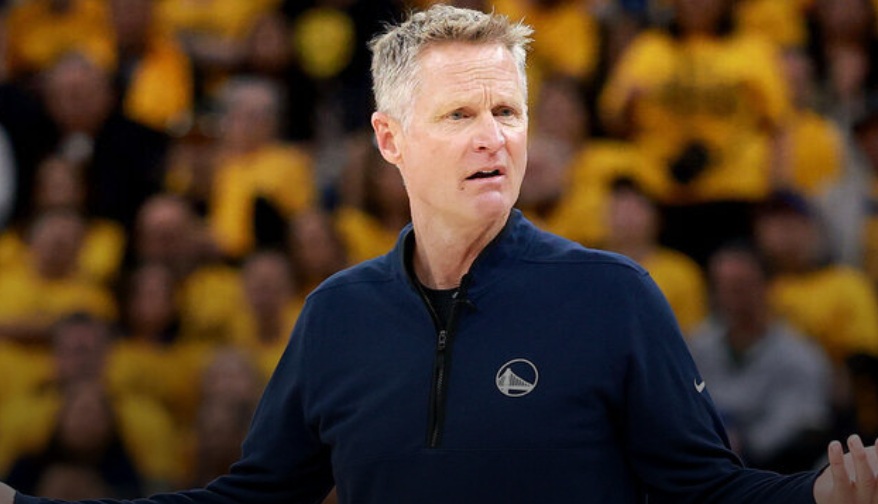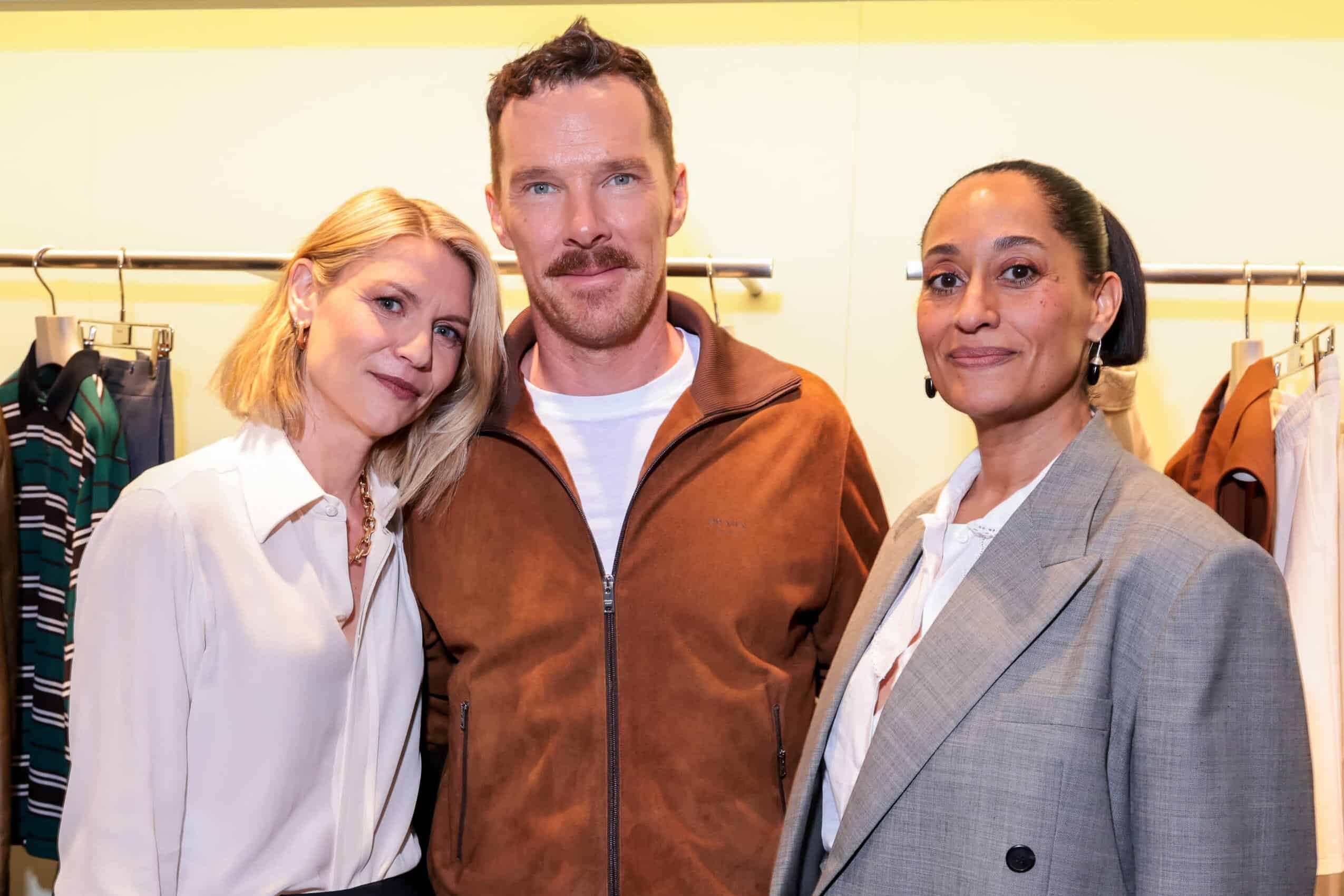Whenever I see a documentary about an extreme sport or athletic achievement in the face of danger, I am often let down by its human exploration. Naturally, in these kinds of movies, the feat is the feature, allowing us to participate in a thrilling experience without the physical jeopardy. But without a connection to those who perform these feats, we are denied the emotional stakes they are pitted against, leaving us at arm’s length on how much to care for them. This is not the case with the work of Jimmy Chin and Elizabeth Chai Vasarhelyi, who never rely on the sensational to draw in viewers. In their latest cinematic offering “The Rescue,” available on Disney+ this Friday, December 3rd, not only do they provide another gripping chronicle of unbelievable events where life is at stake, but also continue their personal reckonings with those who risk their lives and help us understand why they do what they do.
The movie recounts the events surrounding the Tham Luang cave rescue in the summer of 2018, when 12 young boys and their coach were rescued in Northern Thailand, as part of a multi-national effort. The rescue was supervised by a couple of middle-aged recreational deep cave divers whose exploits are considered so specialized and dangerous that even the local military divers balked at their capabilities. In Chin and Vasarhelyi’s hands, “The Rescue” is a riveting film with deft pacing and masterful juxtaposition, despite its mountainous minutiae. But of its many aspects that I admired, I most appreciated how it demythologized the “daredevil” persona that often gets tacked upon adventurers such as the film’s main protagonists, John Volanthen and Rick Stanton.
To look up this definition is to encounter blameworthy tags such as impetuous, foolhardy and reckless, as if the word were designed more as a verdict than a description. I admit that I’ve had a difficult time finding words to describe Rick Stanton, John Volanthen, and many others who have been the subjects of Chin and Vasarhelyi’s films, which genuinely aren’t interested in perpetuating the myth of extremes. In fact, when “The Rescue” reveals that Volanthen was a part-time climber, I was anything but surprised.
Here, I must digress. I started climbing two years ago, a few months after I saw Chin and Vasarhelyi’s most renowned film, “Free Solo,” which aside from its accolades may have singlehandedly driven the explosion of interest in making climbing mainstream globally. I had never been good at climbing at any point in my life previously, but had undergone a series of health setbacks, both physical and mental, which prompted me to be more fit at 45. Plus, it was something I could do with my daughter, who now climbs heights like a fish to water.
Despite my acrophobia (which I still have and know will never go away), I started more out of curiosity than anything else. I started out with top rope climbing, then bouldering, and eventually (yet not without a lot of hesitation) with lead (sport) climbing. Top rope climbing allured me with its freedom of movement, allowing me to climb high without having to worry about falling (by wearing a harness). Bouldering intoxicated me with its problem-solving and power requirements without needing me to climb too high. That would have been enough for me at the time. But once my daughter and our common circle of climbing friends got into lead climbing, they encouraged me to get into it too. I put it off for many months, but found that after coming so far, why not see how much further I could go?
Lead climbing is no simple pastime. Like diving, it involves special equipment, training, conditioning and above all else, focus. Not just from yourself but from your “belay” partner who helps ensure you don’t hit the ground if you fall. Unlike top rope where you are essentially safe on the end of a very high pulley, you yourself secure yourself by clipping on a series of quickdraws the higher you climb. It takes months to get used to taking whips (falling short distances from a clip) to acclimatize to help overcome the fear of falls. You also have to be trained to be on the other end of the rope, belaying your climbing partner to make sure they’re safe, which now for me is more stressful than climbing.
But more than that, lead climbing has been the closest thing I have come to martial arts or dance. Like a form in taekwondo or a kata in karate, every (climbing) hold has a corresponding move that can be perfectly executed, a technique that can be applied. Every climb has its own style. With outdoor climbs, every surface (e.g. limestone, granite) has its own character. When you start getting good at it, the climbing grades (difficulty ratings) are what draw you in. But when you’re hooked, the grades become meaningless, as you forever are in search of the perfect climb.
The climbing community is one of the most understated, systematic, and safety-minded groups you can find. They have no illusions about the dangerous nature of their recreation. You have climbing partners who become your good friends because you’ve entrusted your safety and lives to each other without ever acknowledging it. It’s a fun crowd like any gym activity, but involves highly disciplined individuals who place safety above absolutely everything else. And after about a year of lead climbing, this sport has given me the process and mental framework I’ve never had before in dealing with my physical and mental health. It’s given me mental tools I apply everywhere. It’s provided me many life lessons about humility and camaraderie, and it gifted me with friends from all walks of life, for life.
All of that said, it came as no shock to me that one of the divers from “The Rescue” shares this background, because whatever negative adjectives are connoted by his radical pastimes, they couldn’t be further from their actual nature. Whether scaling staggering heights or plumbing unfathomable depths, the last thing these explorers could be called are daredevils. As Rick Stanton himself mentions in the film, “Just because an activity is seen as dangerous, doesn’t mean to say that you do it in a dangerous manner.”
The danger in Chin and Vasarhelyi’s films is never gratuitous. Shocks, gore, and death are never presented for cheap thrills or laughs. Their bodies of work, both individually and in tandem, convey a deep sense of shared responsibility for the people they portray and the stories they share. Chin, having led and participated in mountaineering expeditions for National Geographic on every single continent (and helping film many of them at the same time), knows the power of imagery, detail, and accuracy. Vasarhelyi, an award-winning documentary filmmaker who has shared human stories from Kosovo to Senegal, brings her storytelling and introspection to the partnership.
Their potent filmmaking mix became evident in their first film together, “Meru,” which chronicled some climbers’ treacherous attempts at the first ascent of the famed Himalayan mountain, including Chin. His team’s footage comprised the bulk of the movie’s material, but only found its realization after meeting (and eventually marrying) Vasarhelyi during post-production. It was Vasarhelyi who set the film’s structure, drove its narrative, and insisted that Chin who initially envisioned himself purely as an observer, become an integral part of the story. The expedition team were re-interviewed at length, along with their family members. According to Vasarhelyi, this was done to “emphasize the physical and emotional stakes.”
Chin and Vasarhelyi have created an emotional watermark throughout their films—an attention to process, connected with the willingness to ask hard questions to those who put themselves in danger, or stand to lose from it. In “Free Solo,” we saw climber Alex Honnold and his girlfriend (now wife) Sanni McCandless question their own existential stakes. Many will undoubtedly remember that film’s singular superhuman achievement. But what struck me more from my very first viewing was its human drama: depicting a young man’s discomfort with intimacy set against his commitment to perfection in the mountain face of death.
Those unfamiliar with “Free Solo”‘s origins could easily conclude that it was just another death-defying stunt movie cashing in on Chin’s climbing connections. But both Chin and Vasarhelyi have said in numerous interviews that the intention was always to film a story on Honnold himself more so because of who he was than what feats he could accomplish. This appreciation of meaningful characters executing in perilous circumstances reflects the ethos in Chin and Vasarhelyi’s current filmography. And it’s more than welcome in today’s media market where danger is dispensable and a dime-a-dozen.
Chin and Vasarhelyi have not just made films about danger, but culminations; about lives reaching a peak moment whether of one’s choosing or not. Roger Ebert once said after seeing David Cronenberg’s “Crash,” “I found myself wishing a major director would lavish this kind of love and attention on a movie about my fetishes.” I think I could call climbing one of my fetishes. It’s dear to me in ways I would have never expected before I undertook it. I consider myself lucky to have found this passion that I love deeply at this point in my life. And I am more than grateful that there are filmmakers out there like Jimmy Chin and Elizabeth Chai Vasarhelyi who are willing to give these callings, and their participants, the respect they deserve.
“The Rescue” begins streaming on Disney+ on December 3rd.
You can view the original article HERE.

